Considering COI
Sometimes breeding plans happen just before or during the holiday season. Experienced breeders like to take advantage of early booking specials and stallion service auctions to secure a season for their mare at the best available pricing. Many factors are considered when choosing which ponies to use in our breeding programs, including type, conformation, temperament, performance, offspring, coat color, pedigree, etc. Assessing inbreeding coefficients should be another consideration as we make our breeding choices.
To guarantee that our Connemara Ponies remain a viable genetic resource, we must continue to monitor and promote diversity within our breeding population. Genetic diversity allows breeders to continue selecting for and producing high-quality ponies both now and in the future. If there were no genetic variation, all ponies would be genetically indistinguishable, and our choices would not result in any new variation or improvement in the next generation. The loss of genetic diversity is driven by inbreeding, sometimes referred to as linebreeding. Inbreeding results from the breeding of related ponies and reduces genetic variability. Reduced variation reduces individual fitness and has a detrimental effect on health, reproduction, and performance. Inbreeding is also associated with higher mortality, diminished fertility, increased developmental defects, greater susceptibility to disease and stress, and reduced competitive ability.
Wrights Coefficient of Inbreeding
Over time, animal breeders have recognized that mating two related individuals resulted in more uniform, predictable, and often desirable characteristics. Predictability is essential to all breeds and implies a certain level of genetic uniformity. However, early breeders also noticed that higher levels of inbreeding produced traits that diminished the usefulness and quality of their animals, and the greater the level of inbreeding, the higher the consequences.
Both the benefits and the risks associated with inbreeding result from homozygosity. Homozygosity is the condition of possessing identical variations of a particular gene, one
inherited from each parent. As an aid for breeders in the early 1900s, Sewall Wright created the Coefficient of Inbreeding (COI) to measure inbreeding. This equation estimated the level of inbreeding that would result from a particular mating, so breeders had a tool for weighing potential risks and advantages. Two positives that result from inbreeding are uniformity and prepotency. Uniformity is vital to transmitting type traits, those characteristics that set one breed apart from another. For our Purebred Ponys, ideal type traits are summarized in the Breed Standard for the Connemara Pony. Breed standards favor uniformity (breeding for type), and to achieve this uniformity, a certain level of inbreeding and reduced genetic variation is involved. Genetic uniformity ensures that purebreds maintain a certain level of consistency from generation to generation. Prepotency is the ability of an individual to stamp its own trademark qualities on a majority of its offspring.
What does COI tell me?
The inbreeding coefficient represents the probability that alleles at a randomly selected location on the chromosome are identical by descent. In other words, the likelihood of inheriting two copies of the same allele from a pony-ancestor that appears on both sides of a pedigree. These alleles are called “identical by descent.” The inbreeding coefficient also calculates the percentage of all of an individual’s homozygous genes (two identical copies of the same allele). For example, a foal with an inbreeding coefficient of 5% has is a 1 in 5 chance of inheriting two copies of the same allele, and 5% of its genes will be homozygous. Breeders should recognize that Wrights’s equation will only consider repeated ancestors if the same ancestor appears on both sides of a pedigree. So if you have a stallion that is inbred and a mare that is inbred but not to the same pony-ancestor, the inbreeding coefficient will underestimate the level of inbreeding from that potential mating. Most online databases will assume that the earliest recorded ancestors in a pedigree are unrelated. Therefore, a COI calculated from too few generations could appear much less than COIs calculated from a 100-generation pedigree. In computing COIs using online pedigree data, it is best to use as many generations as possible. To put this in perspective, we know that only six ancestors contributed half of the genetics found in our modern ponies (Characterization of the Connemara Pony Feely, Brophy, and Quinn, 2004). We also know that
only three ancestors (Carna Bobby, Carna Dun, and Dun Lorenzo) contributed a disproportionate share of these genes. From a more recent study of Irish Connemara Ponies, the average COI within the population was estimated to be 4.4% (The Level Of Inbreeding Within The Connemara Population. Web Blog Post, Latest News. CPBS 12/14/2015). To put this number in perspective, a mating of first cousins results in a COI of 6.25%.
Is there a good COI?
The primary purpose of the inbreeding coefficient was to give breeders a way to balance both the positive and negative consequences of inbreeding. The breeder’s responsibility is to weigh these benefits against any potential risks from a particular match and choose an acceptable balance. Outcrossed individuals (offspring resulting from unrelated parents) may be very desirable in every way but may lack the ability to pass those traits on in the next generation. Increasing the COI could potentially correct this lack of desirable prepotency, but health risks exist. For this reason, there is no one right level of inbreeding.
Research suggests that the adverse effects of inbreeding become noticeable at a COI of about 5%. At a COI of 10%, there can be a considerable loss of vigor and increased expression of recessive mutations. So, a COI of less than 5% is best concerning health and performance. Above 10%, there are risks, and every breeder needs to weigh these risks against whatever benefit is anticipated.
What about Genetic Screening?
Utilizing DNA testing and responsible breeding practices for disorders caused by a single recessive mutation will eliminate the risk of producing an affected foal. But like all animals, every pony has many hidden genetic defects (most of which will have minimal, if any, effect on the individual). These hidden mutations have few consequences and are often quickly dismissed.
It is the accumulation of these minor defects, though, that results in the diminished health and performance seen in inbred animals.
This decline in well-being is termed “inbreeding depression.” All ponies contain some level of recessive alleles. Inbreeding increases the homozygosity of these alleles giving rise to new mutations. Genetic screening can tell you about a specific gene, a known risk such as HWSD or SCC, for example. But if the COI of a Pony is excessively high, you can expect that new harmful mutations will accumulate and manifest in future generations. To breed hardy, healthy good performing ponies, we need to consider the inherent risks of high COI, and the one thing we can be sure of is that there are many more hidden mutations than the ones we can test for.
Final Thoughts
So what can you do to sustain herd health and preserve our breed’s genetic resources? Let’s use the best tools available and avoid unnecessary inbreeding. Let’s test our ponies for known mutations and use those test results and your knowledge to avoid perpetuating the harmful effects of inbreeding and keep as many breeding animals in the gene pool as possible. Combined with DNA screening, COI estimates are our best means to protect the Connemara Pony as a viable genetic resource. Remember that there is no one right In Breeding Coefficient, and it is not a measure of the quality of an individual. But we can use it to evaluate inbreeding levels and avoid excessive inbreeding. Choosing partners that will result in offspring with desirable traits and with reduced inbreeding coefficients is always recommended.
For more of our latest photos and inspiration, follow along on instagram at @instapony_.
© Redbud Ranch 2020 | Connemara Sport Horses and Ponies | photos by Lisa Martin |
terms & Condtions |
privacy Policy
Intentionally Bred with People in Mind
Browns Valley, CA
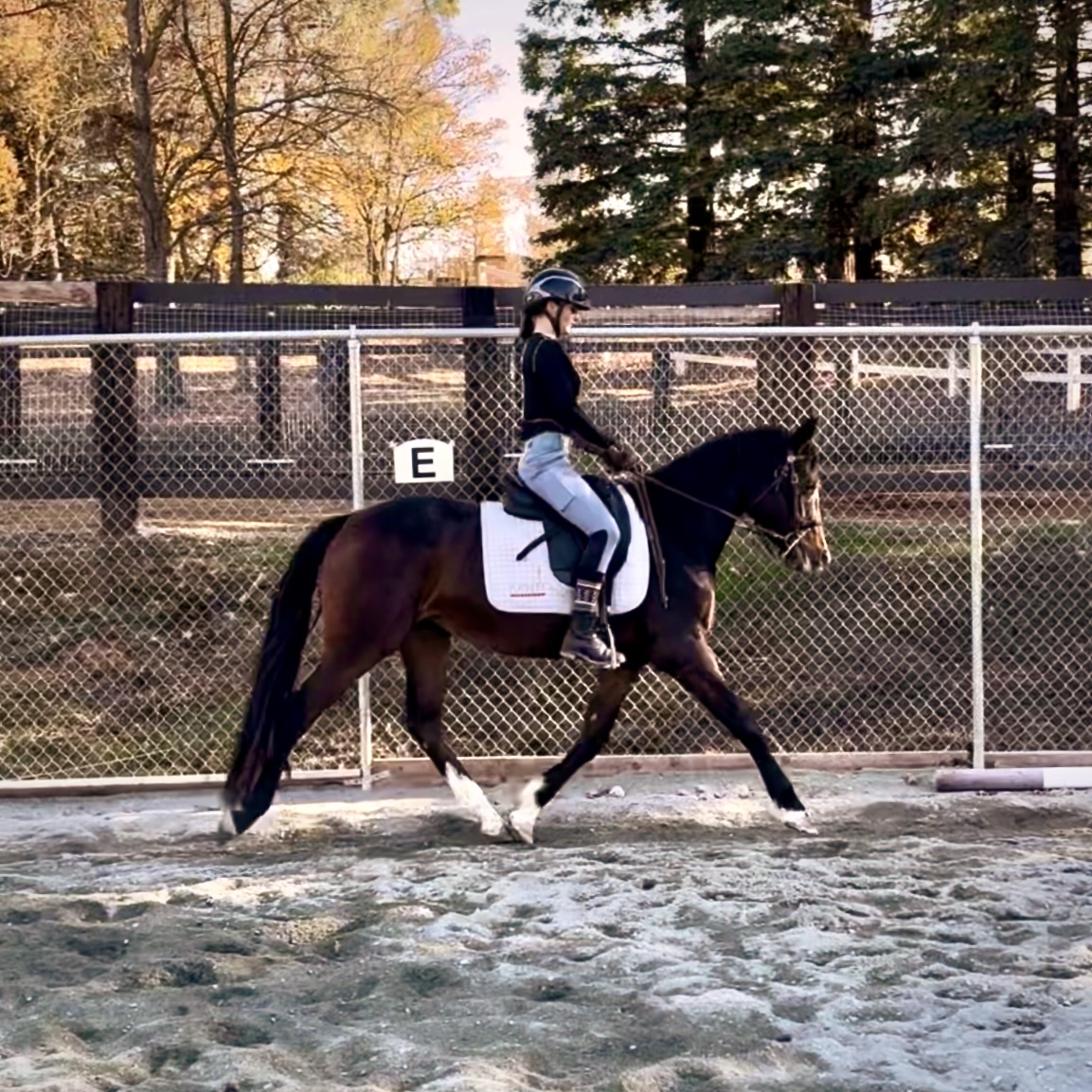
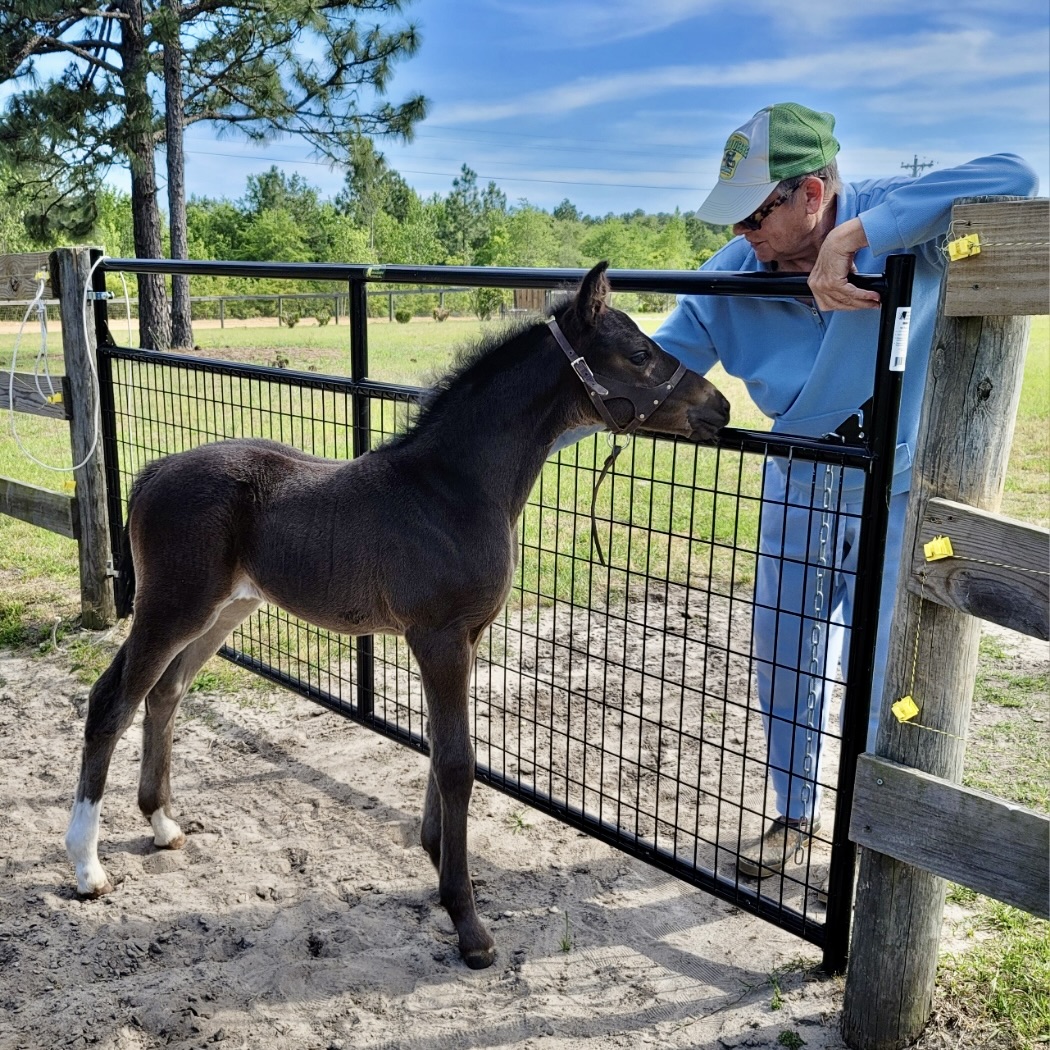


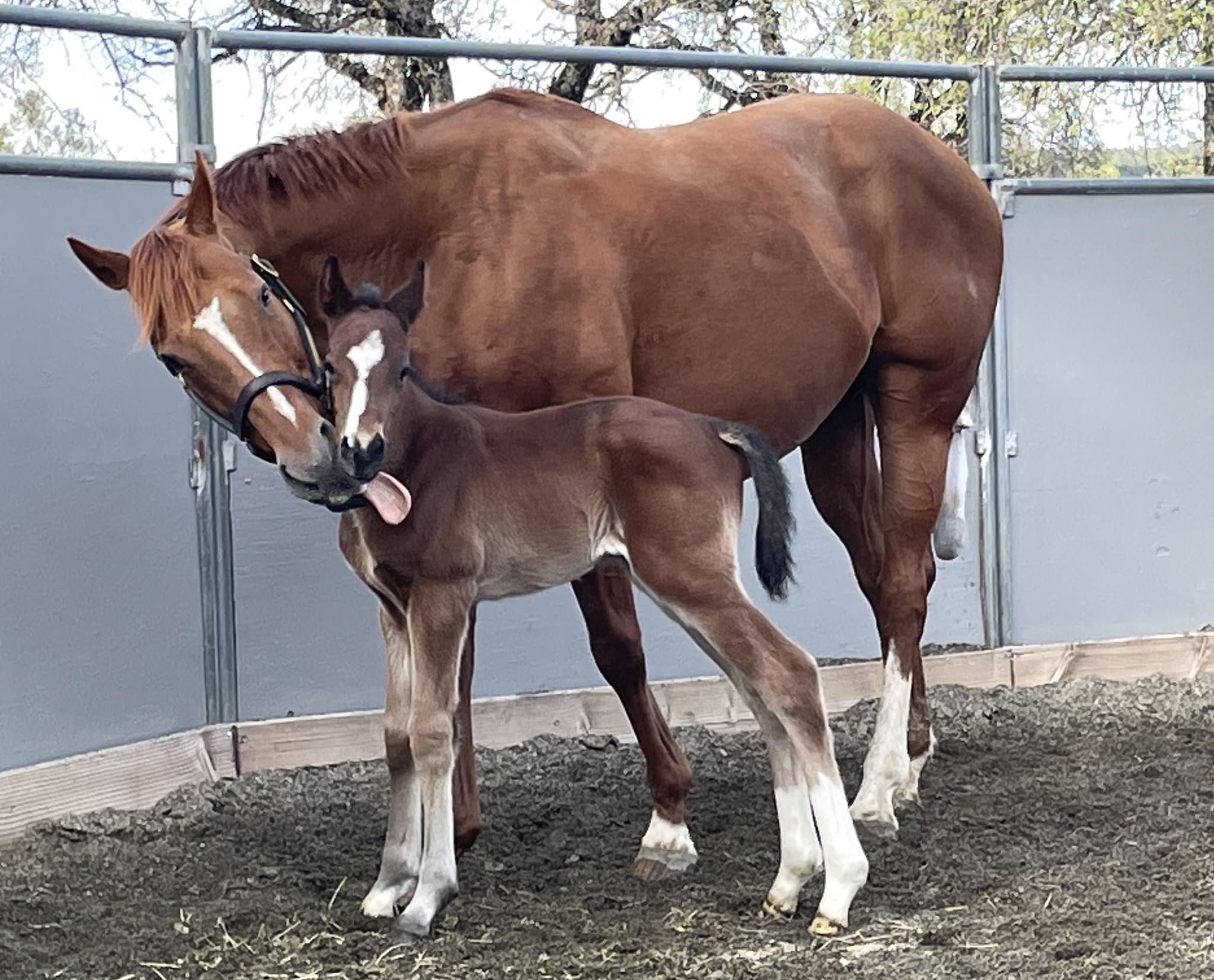
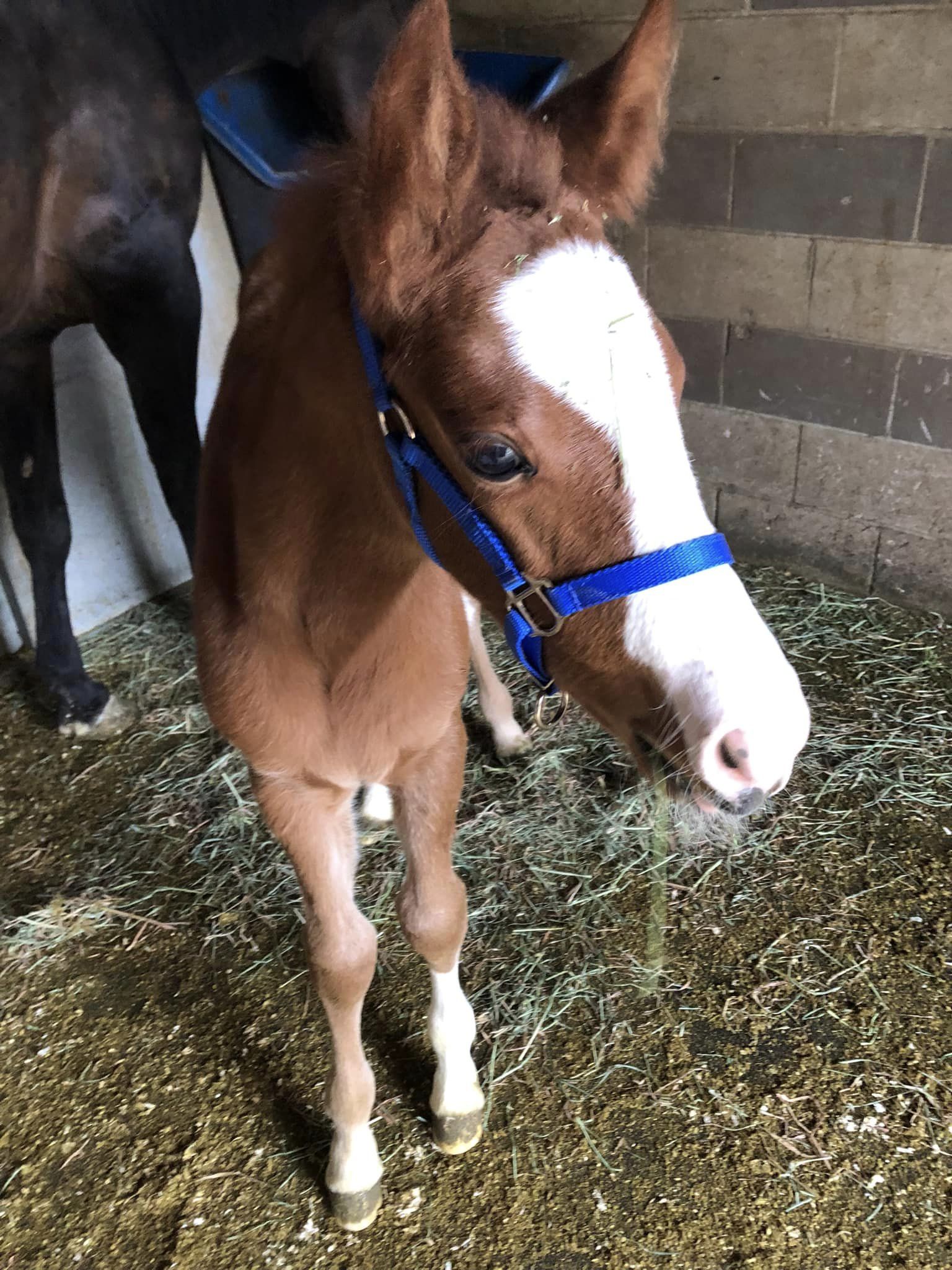
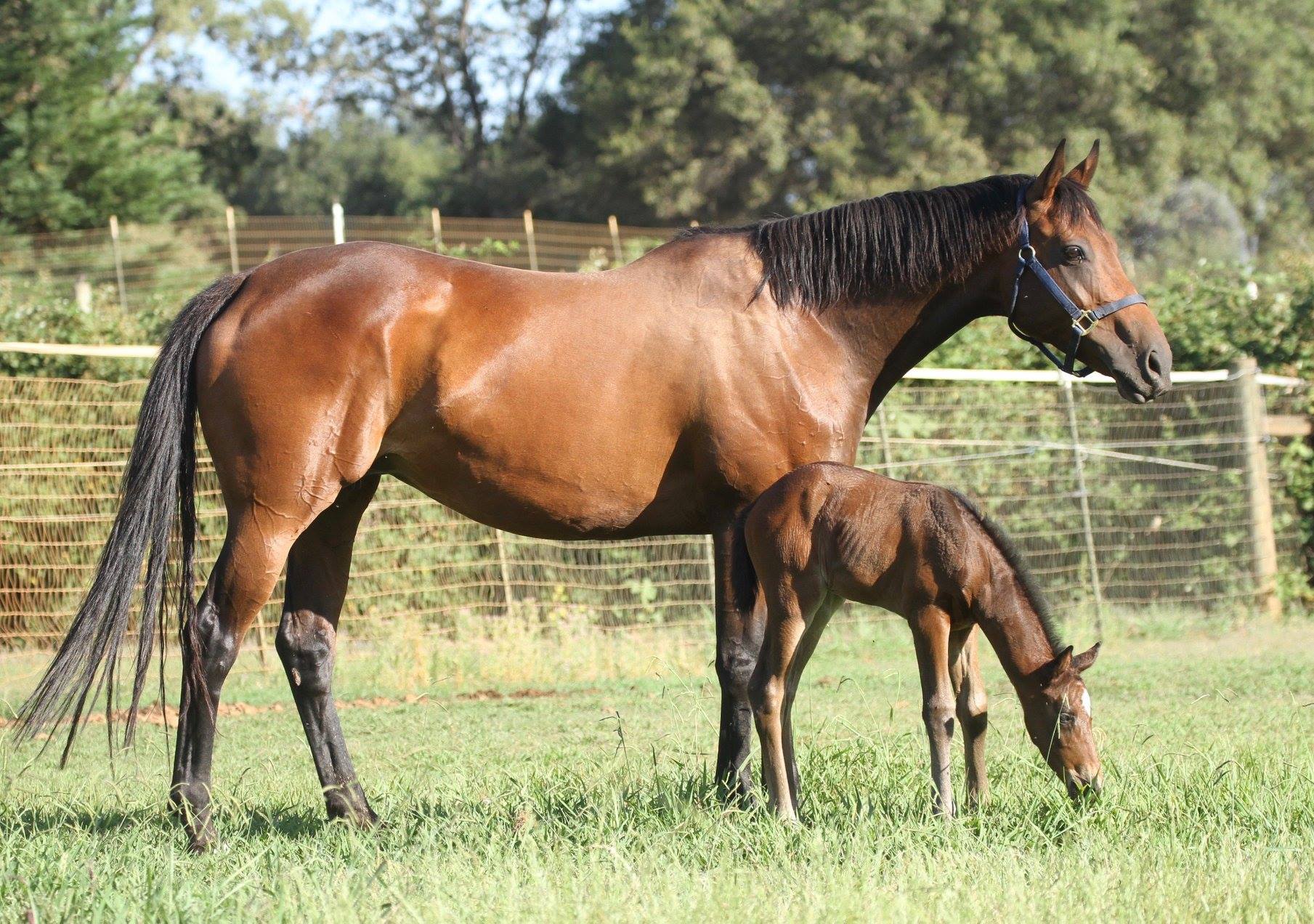
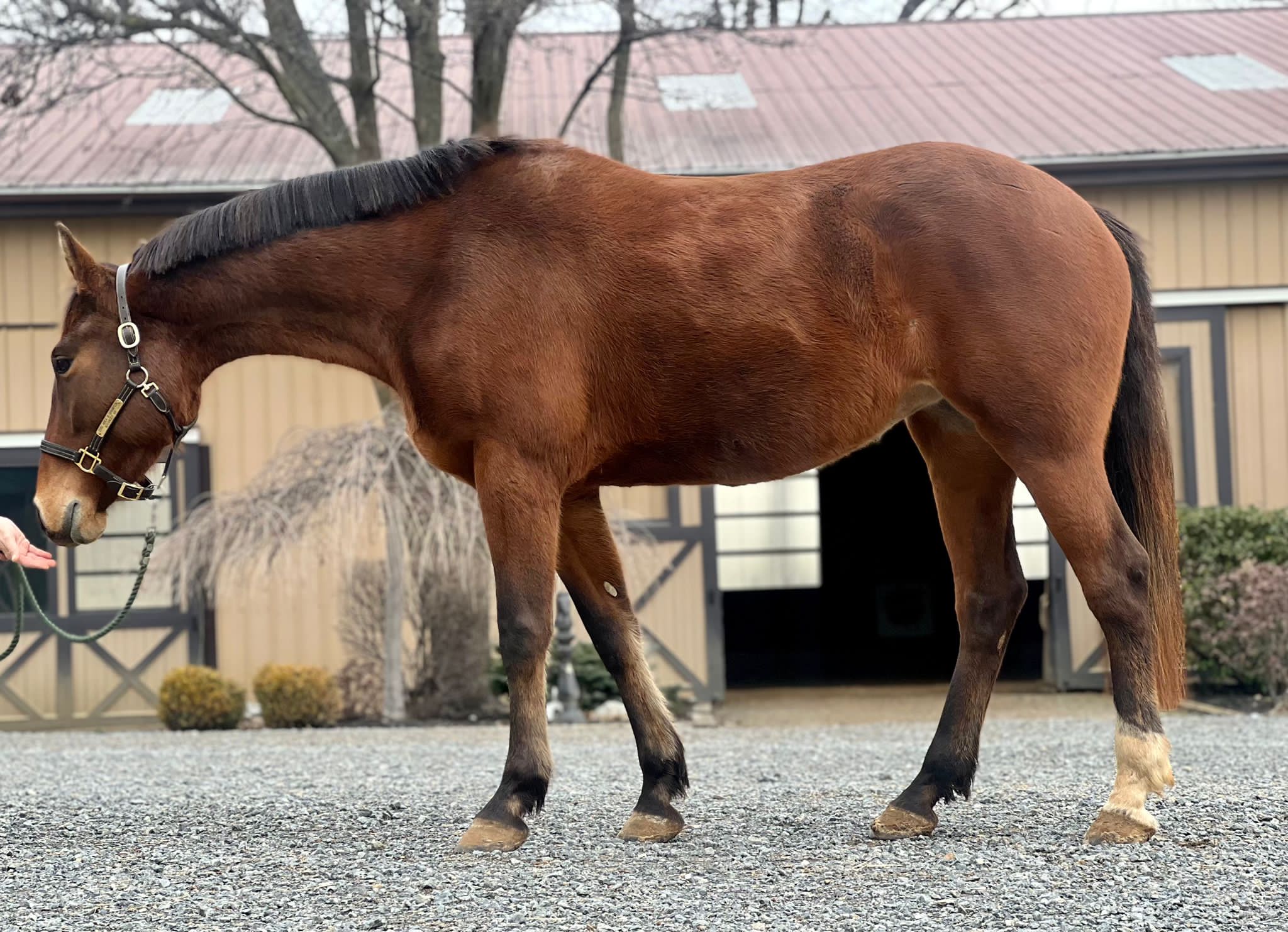
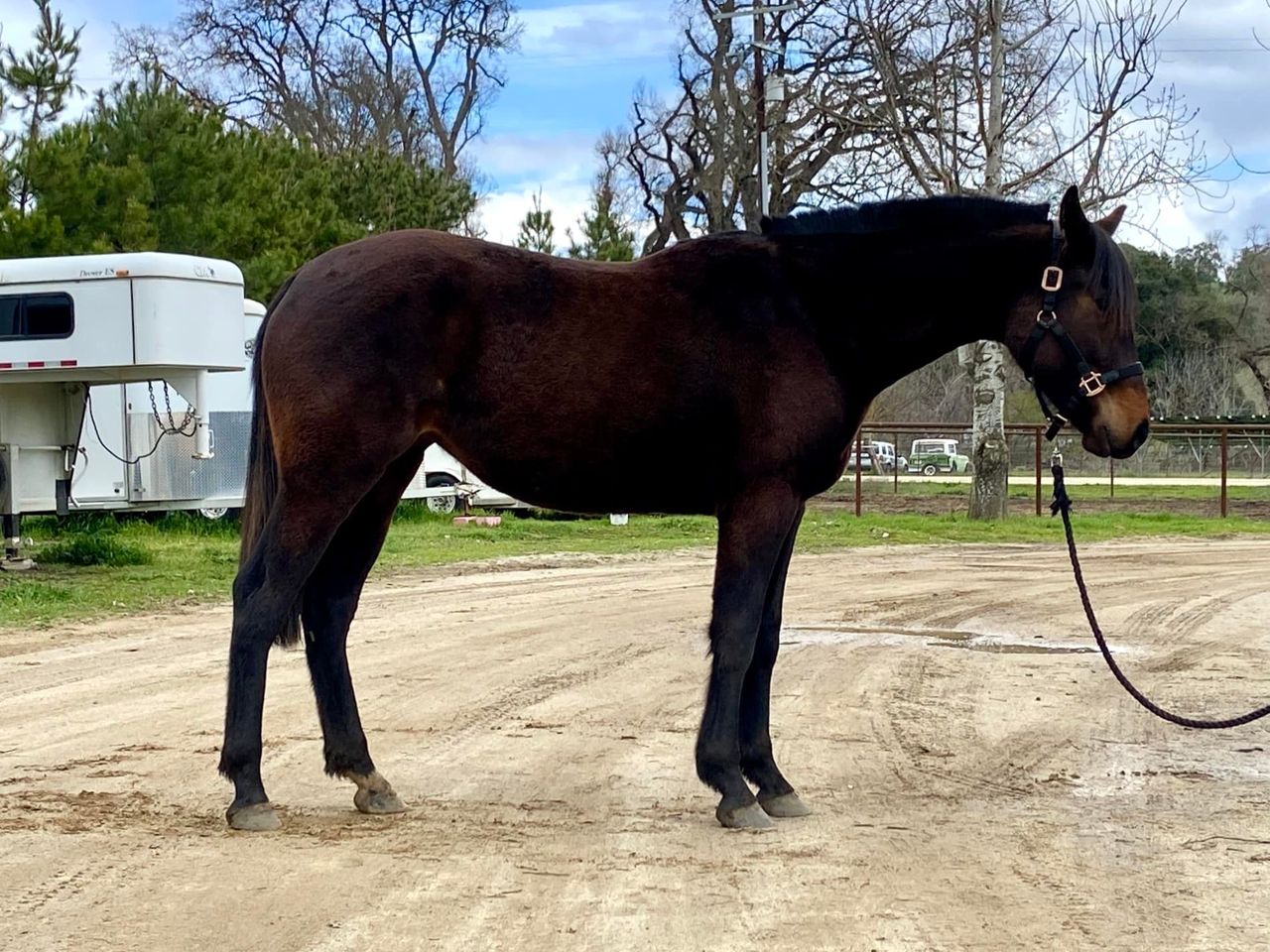
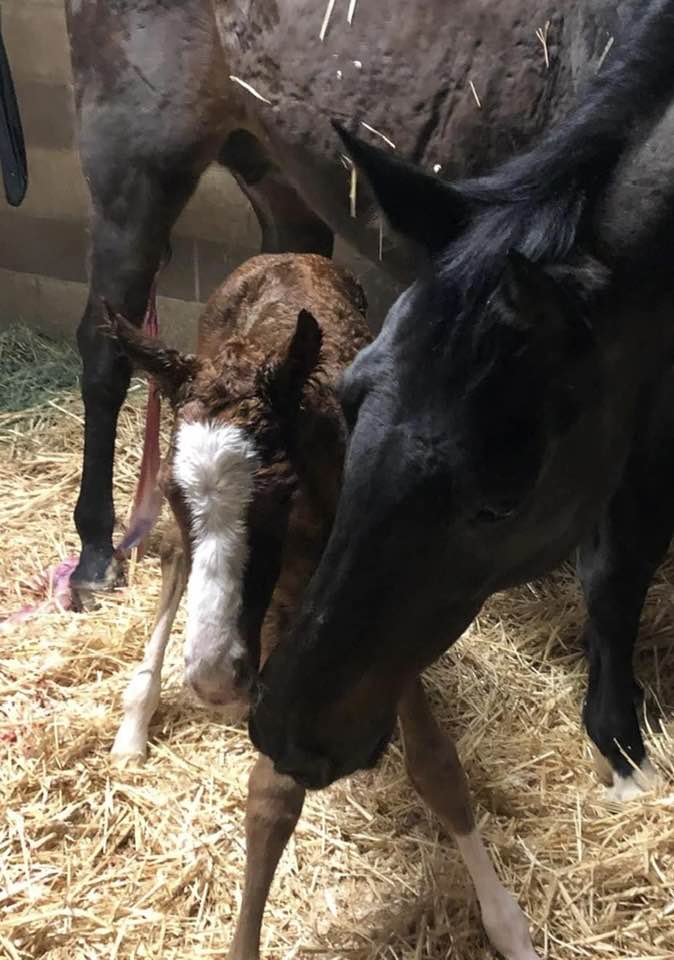
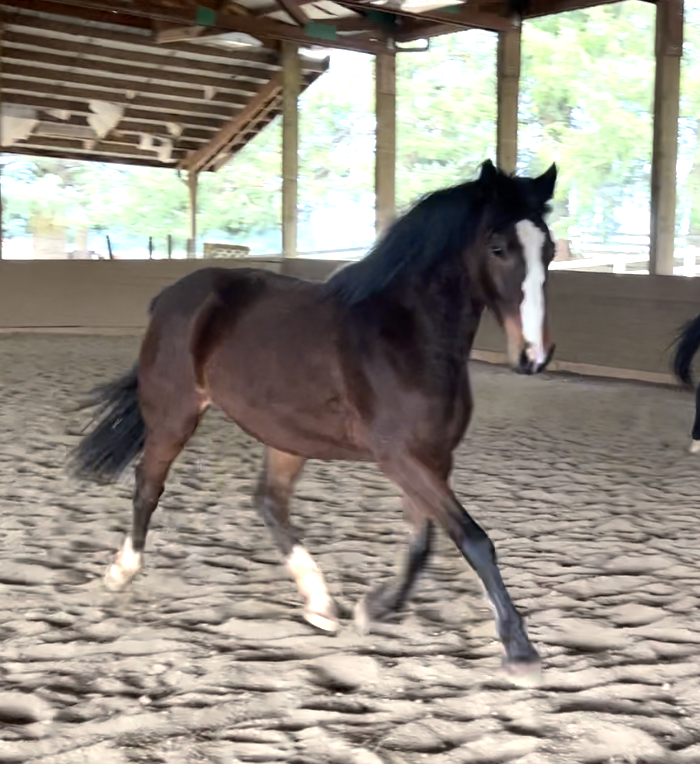

+ Show / Hide Comments
Share to: